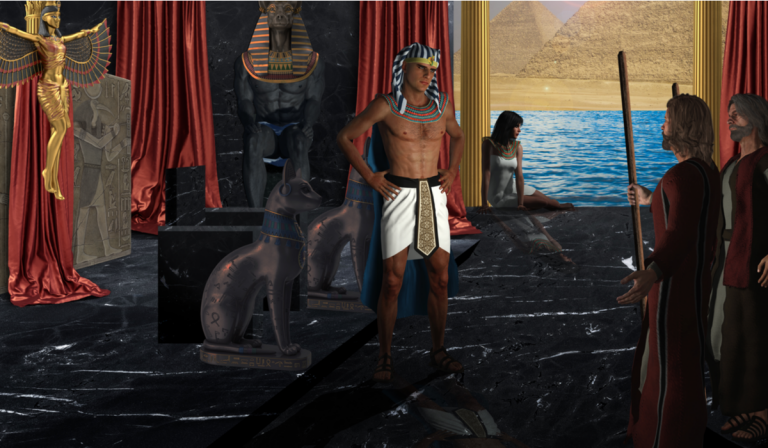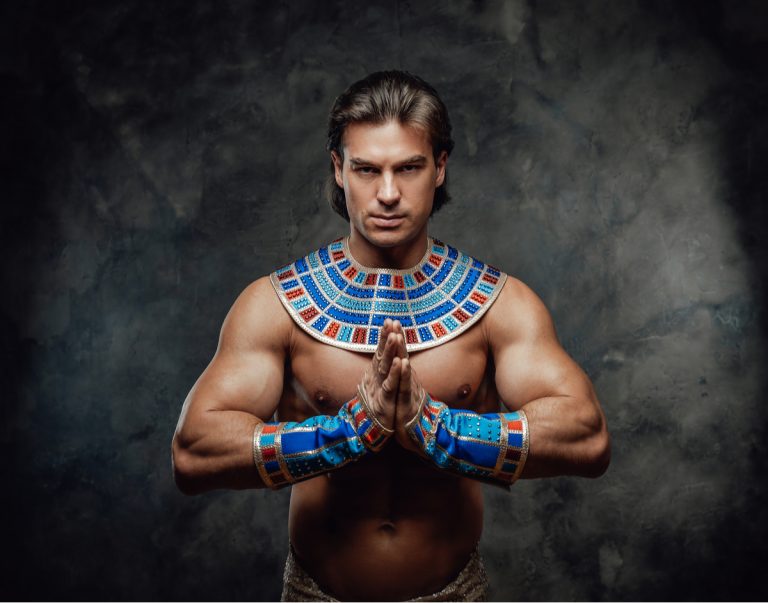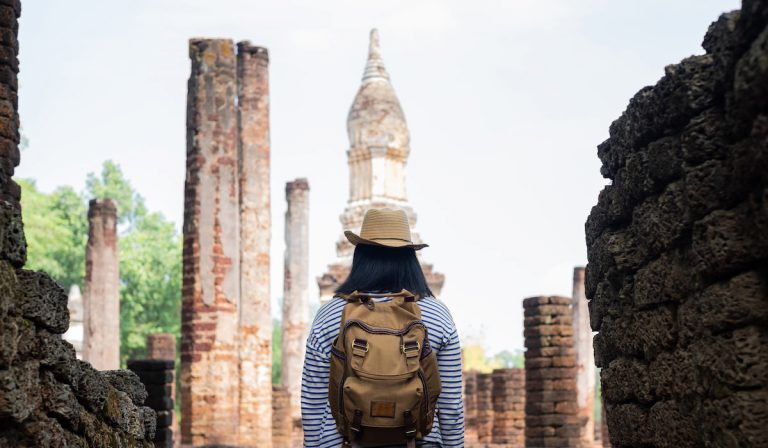Sleeping Goddess of Malta (Everything You Should Know)
People love history for various reasons. Some love history because they get the chance to imagine how the past world was. Some prefer the inspiration they can get from the past. It does not matter what period of history you read or hear about; there is always something to learn about and ponder.

A common form of history that attracts attention is the physical products that remain from the ancient world. People have been making figurines for a long time, and one very popular piece is the Sleeping Goddess (Lady) of Malta.
What statuette is this, and why is it popular? What does this statuette represent? Read this article to learn everything you should know about the Sleeping Goddess of Malta.
What Is the Sleeping Goddess of Malta?
The Sleeping Goddess of Malta also referred to as the Sleeping Lady, is a statuette created in the Neolithic period. This statuette is that of a woman in a natural side-sleeping position. She is positioned comfortably on her side on the couch.
The Sleeping Lady is not wearing any shirt and is without adornment on her upper body. She, however, is wearing a skirt to cover from her waist downward. The bottom of the skirt has decorations interpreted to resemble embroidery. This feature has spurred much speculation about the practices of the ancient civilizations in Malta.

Although the Sleeping Lady looks very comfortable while she sleeps on the couch, the couch itself is sagging or bowing downward because of her weight. It is worthy of note that the Sleeping Lady is corpulent, so her weight affects the couch.
The Sleeping Goddess of Malta statuette was unearthed from the Hal Saflieni Hypogeum in 1902. Archaeologists found it in a burial tomb, which has affected its interpretation as people continue to ask what it means for a lady to sleep comfortably in a burial place.
The Sleeping Goddess of Malta statuette is currently in the National Museum of Archaeology in Valetta, Malta. You can find her in a dark and quiet gallery where she is all alone. This is to mimic her original place of discovery. Continue reading for more observable features of this figurine.
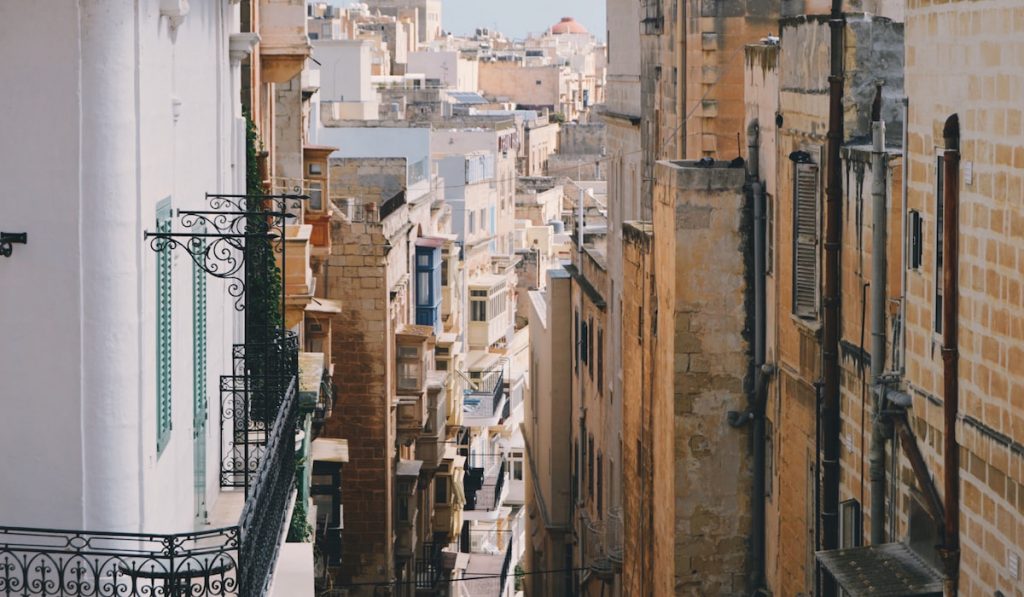
Some Observable Details of the Sleeping Goddess of Malta
Here are more details about the Sleeping Goddess of Malta:
- Her Hair and Crown: From the region of her ear upwards, the head of this statuette is bald, while the hair is well-braided below the bald region. This could represent their cultural practices at the time or could have an extra meaning.
- Fashion/Skirt: She is wearing a large skirt covering her legs from the waist to the feet. The skirt has embroidery-like decorations along the hemline.
- Legs and Feet: We cannot see the feet clearly as the statuette looks incomplete below. We do not know the reason for this yet.
- The Couch or Bed: What the Sleeping Lady is laying on is bulging downwards. On the reverse side of the couch, there are visible markings made on purpose that could indicate how the ancients built and decorated their couches and beds.
- Her Physique: The Sleeping Lady is corpulent and has wide hips, bulging upper arms, and ballooning thighs. These qualities overwhelm her small head.
Now you know almost everything about the physical appearance of the Sleeping Goddess of Malta statuette. What does this statuette mean? Does it represent anything? Continue reading.
Some Popular Meanings or Theories Behind the Sleeping Goddess of Malta
Note that the statuette has no definite meaning as various people have unique interpretations. Here are some popular meanings of the Sleeping Goddess of Malta:

1. She Represents Death or Eternal Sleep
The two features that produced this theory are that she is sleeping, and the statuette was kept (or at least found) in a burial place. In many ancient cultures, death is viewed as sleep because they hope to resurrect in the future.
The way she is relaxed on her couch could mean that she has embraced her present condition (i.e., death) and is unbothered. It does not matter whether the Sleeping Goddess of Malta statuette means death or not; the place of her discovery will indeed have a role in the interpretation.
2. She Represents the Afterlife
The two features which inspired this theory are her relaxed state and a common Maltese belief. In the ancient world, the inhabitants of Malta might have believed in an afterlife in which there would be peace and harmony. The afterlife was something every person would have yearned for.
Judging from her relaxed state, we cannot deny that the Sleeping Goddess of Malta statuette is happy and unbothered and, as such, might be expecting the afterlife. This is why many people feel that the statuette itself is a reminder to people to remember and embrace the afterlife.
3. She is the Mother Goddess or Represents Fertility

In so many cultures, statuettes representing a woman usually signify a mother. In this case, however, the Sleeping Goddess of Malta is also corpulent. Corpulence represents fertility. The ancient world usually used fatness to represent a rich and fertile land.
The Sleeping Goddess of Malta statuette is that of a corpulent woman. It could signify that the ancient world in Malta was prosperous or had fertile lands. Her place of discovery could mean that the mother goddess is waiting for her children to return to her. Many think her corpulence is proof that she must have given birth to children.
4. The Healing Art of Dream Incubation
Have you ever heard of the healing art of dream incubation before? This is an ancient technique in which a divine force gives inspiration, healing, or knowledge of a specific topic to an individual while they are sleeping. People of the ancient world used this technique to gain new knowledge as well as relieve themselves from stress.
Some suggest that the Sleeping Goddess of Malta statuette could mean the healing art of dream incubation because she looks relaxed and happy while sleeping. They suggest that she is currently receiving happy thoughts and guidance from a divine force.
5. She is the Representative of a Lost Civilization

Well, this is not a theory but a fact. Whenever you see the Sleeping Goddess of Malta statuette, you should remember that there is a lot for us to learn about the ancient world. There are so many civilizations yet to be discovered, and even in Malta, we do not fully understand the ancient world.
The many (diverse) theories behind the Sleeping Goddess of Malta statuette prove that we do not and may never know the meaning of the statuette. It could be just a plain statuette without any extra meaning. Well, all we know for now is that we still have a lot to learn.
Of all the theories behind the Sleeping Goddess of Malta statuette, which do you agree with the most? Well, as you already know, we have not fully understood the figurine. What else are we yet to understand about it? Continue reading to find out.
What We Are Yet to Find Out About the Sleeping Goddess of Malta
Here is more information that is related to the Sleeping Goddess of Malta that we are yet to fully understand:
1. Who Built the Hypogeum
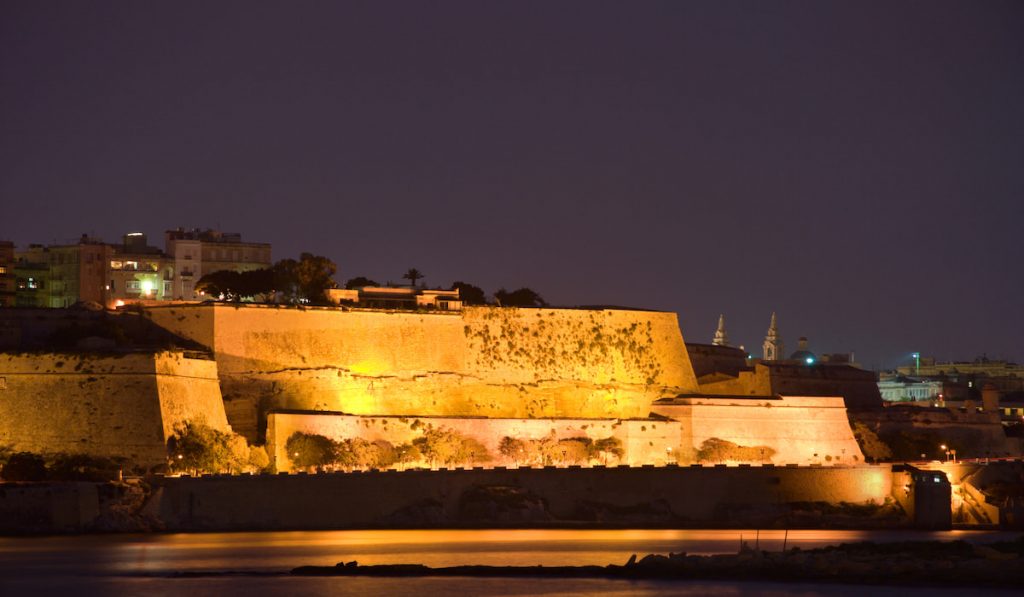
You must have heard of or read about Malta’s ancient people. Well, who are these people? Where did they come from? Where are they now, or how did they die? There are truly so many stones left unturned in the Hypogeum, and the Sleeping Goddess of Malta statuette is just one of many discoveries.
If we know who these people are and we know their customs, we can give a better interpretation of the Sleeping Goddess of Malta. Perhaps, we will know if the style of her hair, her fashion sense, or the decorations in her skirt have any meaning.
2. What Language Did They Speak?
There are specific markings or patterns on the underside of the couch on which the woman sleeps. We may not know if these markings mean anything because we also do not know the language of the ancient civilization of Malta. Truthfully, there is a lot we do not know yet.
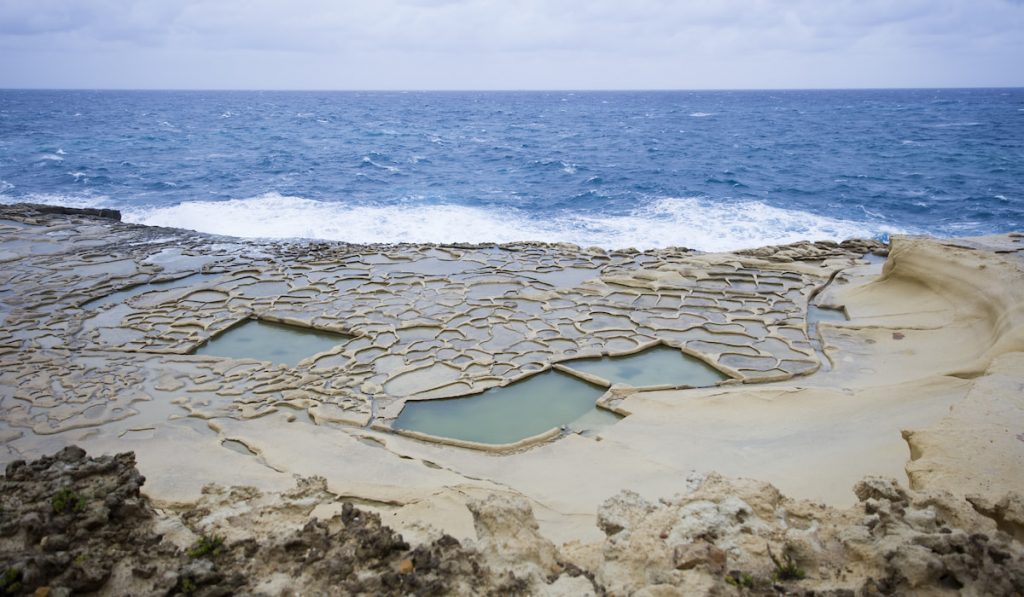
3. The True Meaning of the Sleeping Goddess of Malta
Remember that the theories above in this article are just popular opinions of people and historians about the Sleeping Goddess of Malta. No theory is the complete truth for now, and we do not know yet if the real meaning is listed among those theories or not.
Well, with the advancement of our knowledge in science, history, and archaeology, we will surely learn more about the ancient world, and we will one day accurately tell the true meaning of this beautiful statuette.
Final Thoughts
The Sleeping Goddess of Malta, or Sleeping Lady, is a beautiful statuette from the Hal Saflieni Hypogeum in Malta. This Sleeping Lady looks relaxed and happy but has produced so many theories. We believe that we will fully understand this statuette in time.
Resources
- https://artsandculture.google.com/story/the-sleeping-lady-a-unique-maltese-icon-national-museum-of-archaeology/VAWR7KPNk-UDKw?hl=en
- https://www.worldhistory.org/image/245/the-sleeping-lady/
- http://newagetravel.com/sleeping-goddess-malta/amp/
- https://www.wsj.com/amp/articles/a-powerful-symbol-of-a-lost-civilization-1505493783




